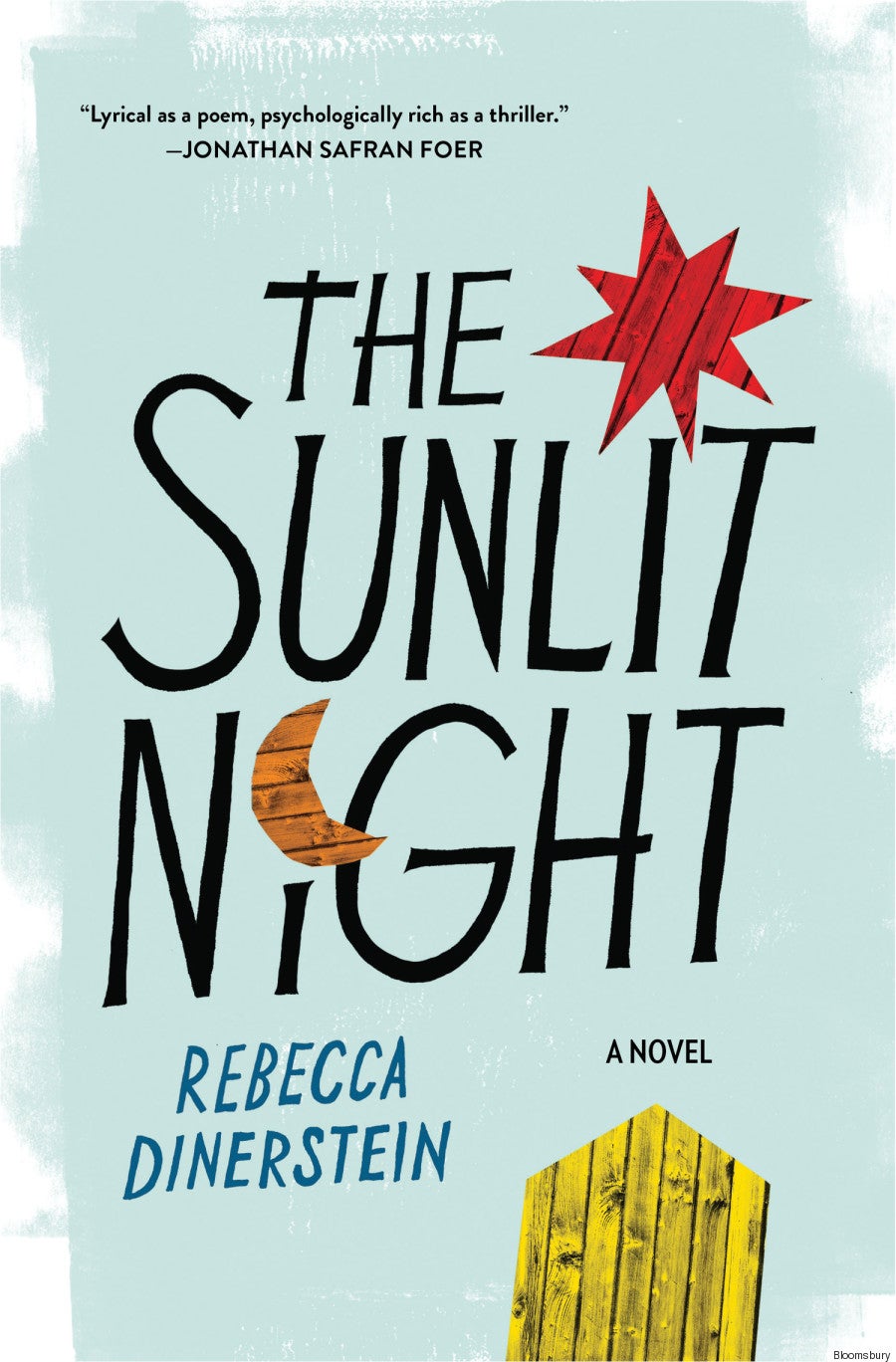The Sunlit Night, by Rebecca Dinerstein - book review

The Sunlit Night has all the ingredients for a great debut novel. Fast-talking New Yorkers, spiky Yiddish wit, and a fashionable Norwegian setting; a love story, a funeral, and an endorsement by Jonathan Safran Foer. The problem is, the book’s just not very good.
That said, it’s not entirely surprising that the novel prompted a bidding war. Drawing from her own experience at an artist’s commune in the Norwegian Lofoten islands, 27-year-old Rebecca Dinerstein creates a unique sense of place. The story has the heightened palette of a Wes Anderson film, and there’s no denying her distinctive authorial voice – a sassy, youthful falsetto, with bass notes of Yale.
When place, palette, and voice come together, they don’t add up to make plot. The novel starts with a split condom – the first in a succession of non-sequiturs, there to make a splash then quickly forgotten. Moving swiftly on, the novel’s heroine, Frances, leaves New York for Norway to “learn to be alone”. She takes part in a project to paint a barn yellow, thus transforming it into a cultural destination. After a light spattering of jeopardy (it rains, the paint rubs off), the barn is judged worthy of public funding and Frances is free to fraternise with a cute Russian boy, Yasha, who’s come to bury his father on the island. We watch as their passion progresses, alternating between their two points of view and reaching a peak during the annual whale meat festival. Intrigue is added by the Freudian impulses juddering between Yasha and his femme-fatale mother.
At some of the sillier moments Dinerstein is evidently playing with bathos; it’s the only way to excuse a sex scene set under the tubular roots of a giant sculpture of the tree of life, Yggdrasil, in the presence of a goat carved out of brown cheese. Norway seems a suitable setting for surrealism, but Dinerstein muddies the waters by both revering her subject matter and blithely undermining it. The Norwegian characters are either overtly mythological (red bearded Chief Haldor) or chic and minimal (nondescript Nils). Slapstick references are made to Norwegian words that sound like “pussy” and “bra” and images are often lost in translation, clearly drawn from vivid memories but impossible for the uninitiated to visualise.
It’s fair to say that the novel isn’t short of original material, and at times Dinerstein’s prose sparkles. But the overall effect is like a frenetic checklist of an author’s notebook, too crowded ever to be convincing as a novel about solitude.
Subscribe to Independent Premium to bookmark this article
Want to bookmark your favourite articles and stories to read or reference later? Start your Independent Premium subscription today.

Join our commenting forum
Join thought-provoking conversations, follow other Independent readers and see their replies